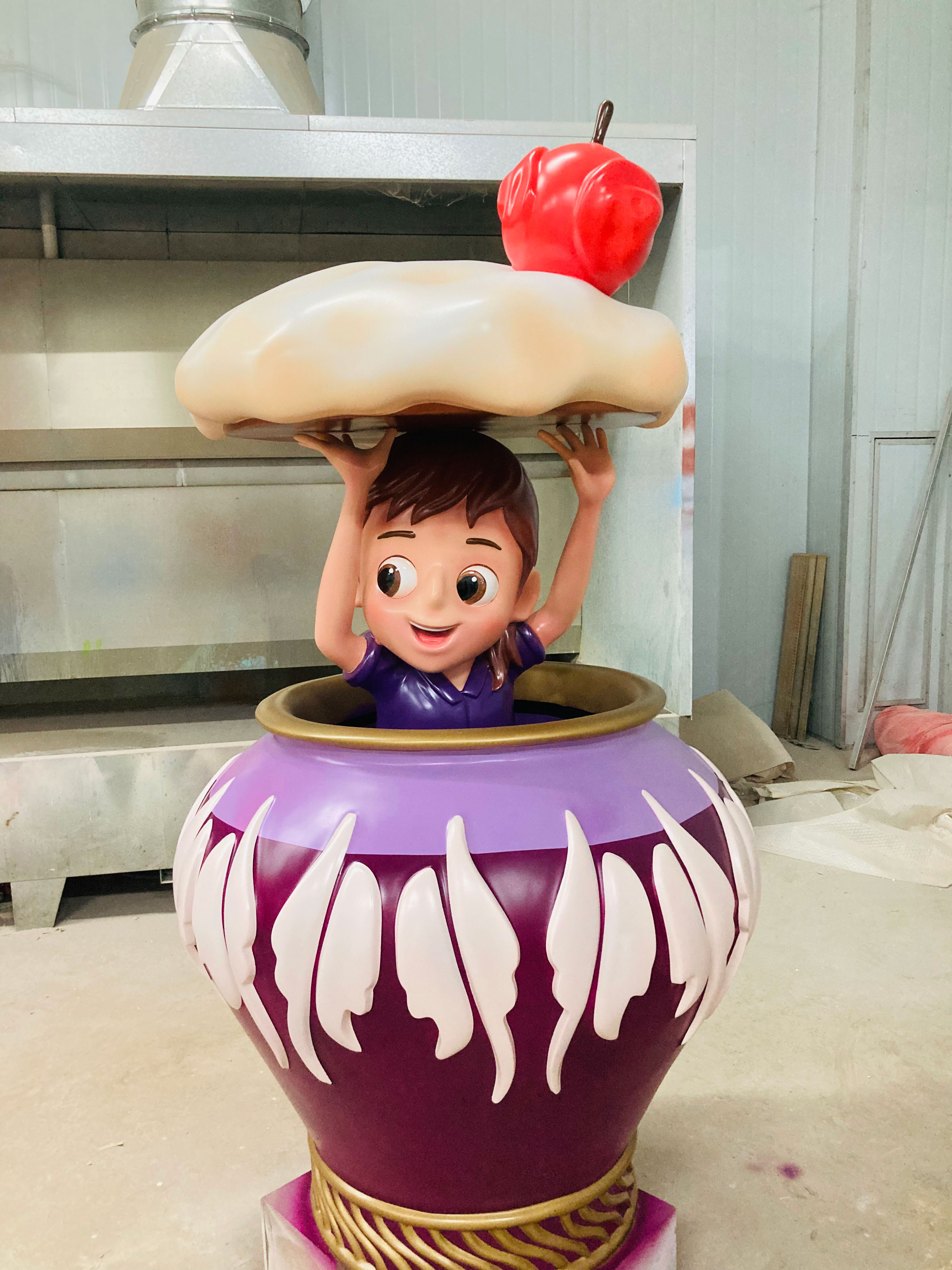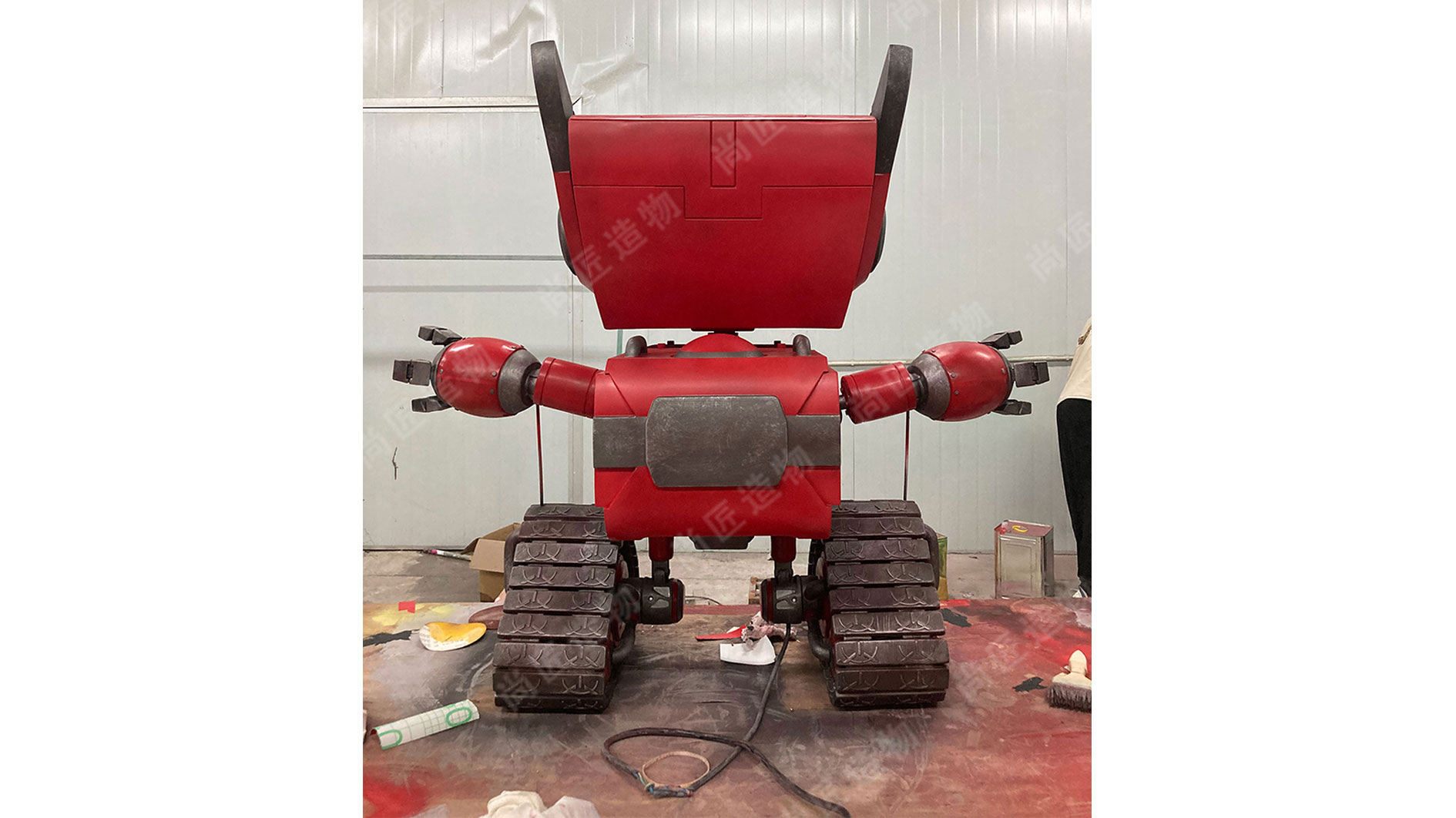Key Takeaways
Licensed character statues are collectibles produced under legal agreements between manufacturers and intellectual property (IP) owners. These agreements grant explicit permission to recreate copyrighted characters, ensuring compliance with copyright laws. Below are essential points to understand their significance:
- Legal Protection: Official licenses shield manufacturers and buyers from copyright infringement lawsuits.
- Authenticity Guarantee: Licensed statues undergo strict quality checks and often include certificates of authenticity.
- Value Preservation: Collectors benefit from higher resale value due to limited production runs and verified designs.
"Licensed merchandise isn’t just about legality—it’s about respecting the creative work behind beloved characters." — IP Licensing Expert
| Aspect | Licensed Statues | Unlicensed Statues |
|---|---|---|
| Legal Standing | Approved by IP holders | Risk of legal action |
| Quality | High-grade materials | Often subpar craftsmanship |
| Collector Value | Retains/appreciates value | Limited or no resale demand |
Tip: Always verify licensing details through the manufacturer’s website or official retailer listings. Look for holographic seals or embossed logos from copyright holders like Disney or Marvel.
Producing licensed statues involves collaboration between artists, IP lawyers, and manufacturers to ensure designs align with brand guidelines. This process not only protects consumers but also supports creators by generating royalties for continued character development.

Licensed Character Statues Definition and Importance
Licensed character statues, by definition, are three-dimensional collectibles produced under formal agreements between manufacturers and intellectual property (https://en.artmovr.com/) bearing an official license guarantees adherence to the original design, materials, and branding standards set by the IP owner.
This legal framework prevents unauthorized reproductions, which often lack quality control or misrepresent characters. For collectors, licensed statues carry higher value due to their limited production runs and certification marks, such as holographic seals or signed documentation. Beyond commercial benefits, licensing fosters trust between fans and franchises, as buyers know their purchases directly support the creators. The process also sets clear boundaries for derivative works, balancing artistic interpretation with respect for source material—a critical factor in maintaining the integrity of beloved fictional universes.
How Official Licenses Prevent Copyright Infringement
Official licenses act as legal gatekeepers, ensuring that character statues are produced with explicit permission from intellectual property (https://en.artmovr.com/) must adhere to quality standards and usage guidelines set by the IP owner, eliminating ambiguity about ownership.
Licensing also establishes accountability through enforceable legal consequences. Unauthorized replicas risk lawsuits, fines, or product seizures under copyright law, whereas licensed items carry documentation proving compliance. This system protects both creators and consumers: artists retain control over their work, while collectors avoid purchasing counterfeit goods. Additionally, licenses often require manufacturers to implement anti-counterfeiting measures, such as holographic seals or serial numbers, further deterring infringement. By aligning commercial activity with IP laws, official licenses transform creative assets into legally safeguarded collectibles, balancing artistic integrity with market demand.

Legal Agreements Behind Licensed Collectibles Creation
Licensed character statues begin with binding legal contracts between manufacturers and intellectual property owners. These agreements outline precise terms, including royalty payments, production limits, and quality standards, to maintain the integrity of the original character designs. For example, a contract might specify approved materials—such as stainless steel sculpture components for structural durability—or restrict color variations to match official brand guidelines.
During negotiations, licensors often require approval rights over prototypes to prevent unauthorized modifications. This ensures that final products align with the copyright holder’s vision while granting manufacturers exclusive rights to produce statues within defined markets or timeframes. Such contracts also establish liability clauses, protecting both parties from legal disputes if third parties attempt to replicate designs. By formalizing these details, licensed collectibles gain legal authenticity, distinguishing them from unlicensed imitations that risk copyright claims. This structured approach not only safeguards creative assets but also builds trust with collectors who value certified merchandise.
Why Licensed Statues Ensure Collector Value
Licensed character statues maintain long-term collector value by combining legal authenticity with artistic integrity. Official licenses guarantee that designs adhere to strict guidelines set by copyright holders, preserving the original aesthetic and narrative essence of beloved characters. This alignment with source material not only satisfies fans but also establishes trust in the product’s legitimacy, a critical factor for serious collectors. For example, limited-edition licensed statues often include certificates of authenticity and unique numbering, which directly enhance their marketability and resale potential over time.
Unlike unlicensed alternatives, which may compromise on materials or craftsmanship, licensed products typically use premium components like polystone or resin. These fiberglass sculpture alternatives ensure durability and detailed finishes, further solidifying their status as investment-grade collectibles. Additionally, licensed statues are frequently tied to milestone anniversaries or franchise expansions, creating intrinsic cultural value that unlicensed replicas cannot replicate. By avoiding legal disputes and production shortcuts, licensed collectibles foster a stable secondary market, where scarcity and provenance drive sustained demand among enthusiasts.
Avoiding Infringement Risks With Licensed Merchandise
Purchasing licensed character statues significantly reduces legal exposure by ensuring all designs and intellectual property rights are legally cleared. Licensed products undergo rigorous approval processes, where copyright holders directly authorize manufacturers to replicate their characters. This eliminates unauthorized use of trademarks, logos, or artistic elements, which could otherwise lead to costly lawsuits or product seizures. For example, a kinetic sculpture inspired by a popular animated character would require explicit permissions to avoid violating motion design patents.
Legal agreements between licensors and manufacturers outline strict guidelines, including production limits and quality standards, further protecting both parties. Collectors benefit from this system, as licensed statues are traceable through certificates or holographic labels, confirming their legitimacy. Unlicensed merchandise, while often cheaper, lacks these safeguards, risking sudden removal from markets or diminished resale value. By prioritizing licensed collectibles, buyers support ethical practices while securing assets recognized by copyright law. This alignment with legal frameworks ensures long-term value preservation and minimizes disruptions to collections.

From Concept to Shelf: Licensed Statue Production
The journey of creating licensed character statues begins with meticulous collaboration between artists, manufacturers, and intellectual property owners. After securing legal agreements with copyright holders, designers draft concept art that aligns with the original character’s aesthetics. These proposals undergo strict approval processes to ensure adherence to brand guidelines, often involving multiple revisions.
Once finalized, 3D modelers translate 2D designs into digital sculptures, balancing artistic interpretation with realistic sculpture standards. Prototypes are then 3D-printed or hand-sculpted for physical evaluation, with copyright representatives verifying every detail—from facial expressions to accessory accuracy. Approved models move to mass production, where factories use licensed materials and quality-control systems to replicate designs precisely.
Throughout manufacturing, licensors audit samples to prevent deviations, ensuring each piece meets contractual specifications. Packaging and certification labels—featuring holograms or QR codes—are added as final authenticity markers. This rigorous, multi-stage process not only protects intellectual property but also preserves collectible value by guaranteeing alignment with fan expectations and legal requirements.
Identifying Genuine Licensed Character Statues
Beyond production quality, verifying authenticity is critical when collecting licensed character statues. Genuine products always display official licensing insignia, such as holographic stickers, embossed logos, or copyright holder branding on packaging. These markers are legally mandated and tied to the licensing agreement, making replication by unauthorized parties both difficult and illegal. For example, statues from franchises like Marvel or Disney often feature trademarked character names alongside a licensor’s seal.
Collectors should cross-reference product details with the manufacturer’s official website or the copyright holder’s authorized retailer list. Licensed statues also include certificates of authenticity (COAs) with unique serial numbers, which buyers can validate through licensor databases. Unlicensed replicas frequently omit these features or use low-quality materials inconsistent with brand standards. Additionally, purchasing from reputable sellers—rather than third-party marketplaces—reduces exposure to counterfeit risks. By prioritizing these verification steps, collectors safeguard their investments while supporting ethical licensing practices.

The Role of Copyright Holders in Statue Licensing
Copyright holders serve as gatekeepers in the creation of licensed character statues, ensuring that artistic interpretations align with their intellectual property guidelines. Through legal agreements, they grant manufacturers specific permissions to replicate characters, including details like designs, logos, and story-related elements. This oversight prevents unauthorized alterations that could dilute brand identity or misrepresent established narratives.
Licensing contracts often require copyright owners to review prototypes, approve final products, and monitor distribution channels. For example, a comic book publisher might restrict color schemes or accessory designs to maintain consistency with their universe. Such involvement guarantees that statues meet quality standards while preserving the original creator’s vision.
Additionally, copyright holders enforce trademark protections by pursuing legal action against counterfeiters. Their active participation in licensing not only safeguards their assets but also builds trust with collectors, who rely on official endorsements to verify authenticity. This collaborative process balances creative freedom with legal compliance, forming the foundation of ethically produced collectibles.
Conclusion
Licensed character statues represent more than just artistic craftsmanship—they embody a complex legal framework that protects both creators and collectors. By securing official approvals through binding agreements with copyright holders, manufacturers ensure that each piece aligns with intellectual property laws while maintaining the integrity of beloved characters. This process not only prevents legal disputes but also establishes a foundation of trust, allowing fans to invest in collectibles without fearing counterfeit repercussions.
For enthusiasts, understanding the significance of licensing transforms how they evaluate statues. Authentic pieces often feature markings, certificates, or holograms that verify their origins, distinguishing them from unlicensed replicas. While the upfront cost of licensed merchandise might be higher, it reflects the value of legal compliance, artistic accuracy, and long-term collectibility. Ultimately, the collaboration between copyright owners and manufacturers sustains a market where creativity thrives within ethical and legal boundaries, benefiting everyone from designers to dedicated fans.

Frequently Asked Questions
What's the difference between licensed and unlicensed character statues?
Licensed statues are produced under legal agreements with copyright owners, ensuring authenticity and compliance with intellectual property laws. Unlicensed versions lack official approval, often violating copyrights and risking legal action.
Why does licensing matter for collectible statues?
Official licenses protect buyers from counterfeit products while guaranteeing accurate designs. Copyright holders oversee production standards, preserving the statue’s artistic integrity and long-term collector value.
How can I verify if a statue is officially licensed?
Check for holographic seals, branded packaging, or authenticity certificates from the manufacturer. Licensed products also list copyright holder partnerships in their documentation or on official retailer websites.
Are unlicensed statues always illegal?
While not all unlicensed statues infringe copyrights, most violate trademark or design rights if they replicate protected characters. Selling or distributing such items can lead to legal consequences for manufacturers and resellers.
Do copyright holders earn royalties from licensed statues?
Yes. Licensing agreements typically include royalty payments to copyright owners, ensuring they profit from merchandise sales. This legal framework supports ongoing collaborations between creators and manufacturers.
Why are licensed statues more expensive than unofficial versions?
Licensing fees, quality materials, and strict production standards raise costs. However, these factors also ensure durability, accuracy, and exclusivity—key drivers of value for serious collectors.
 ch
ch English
English






